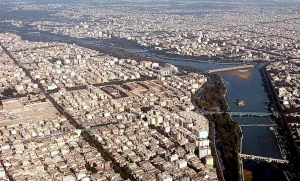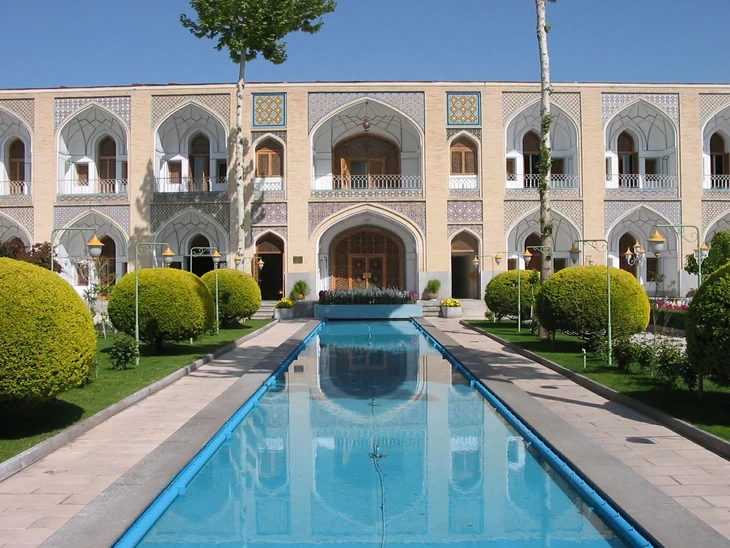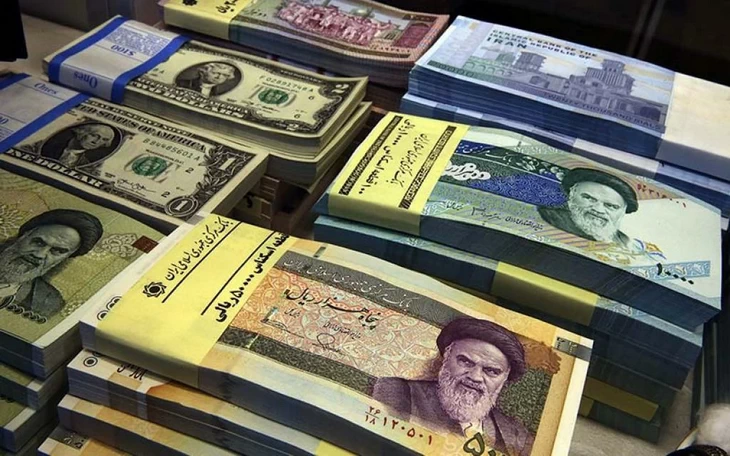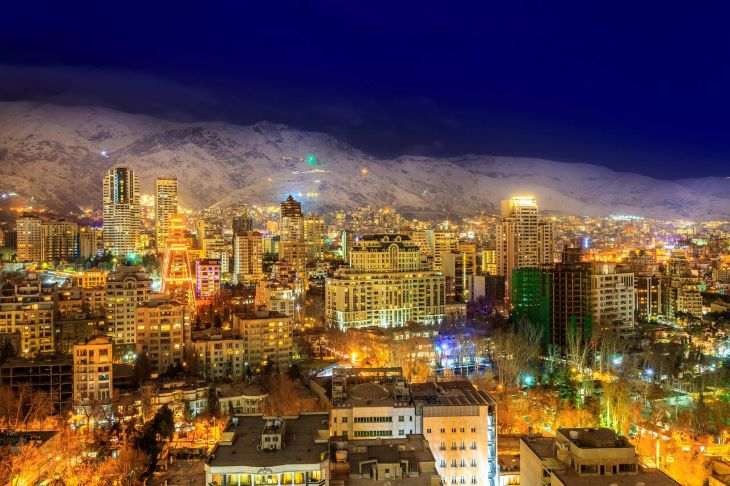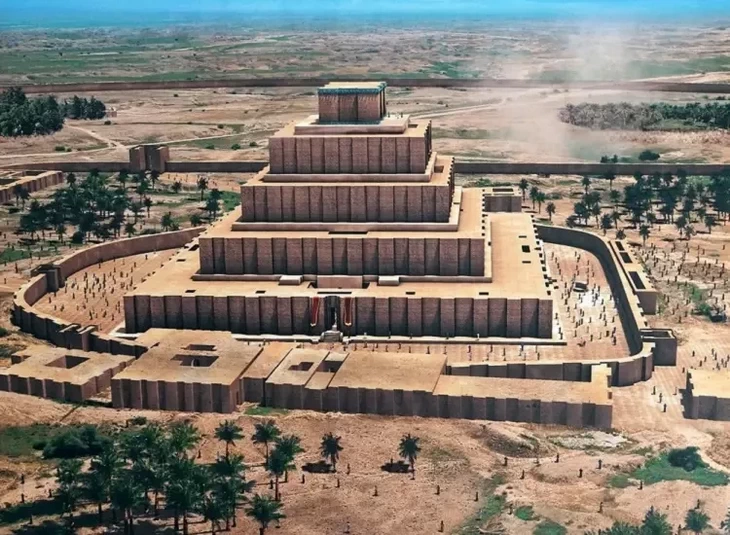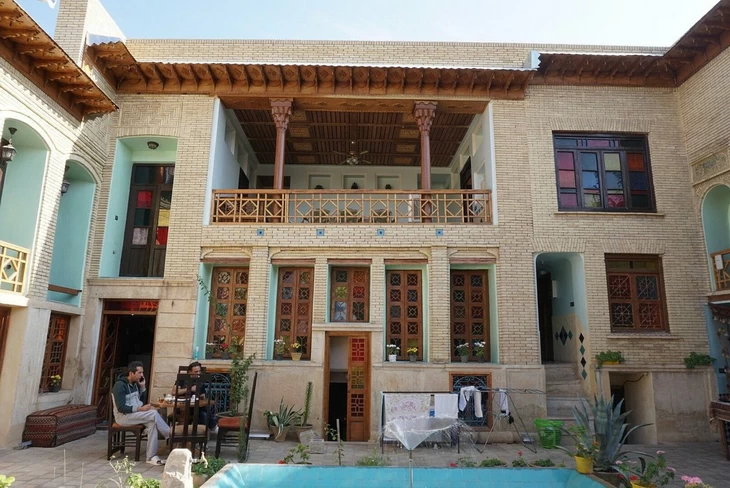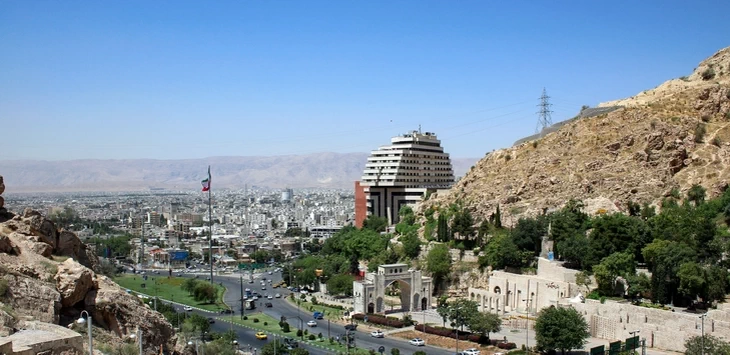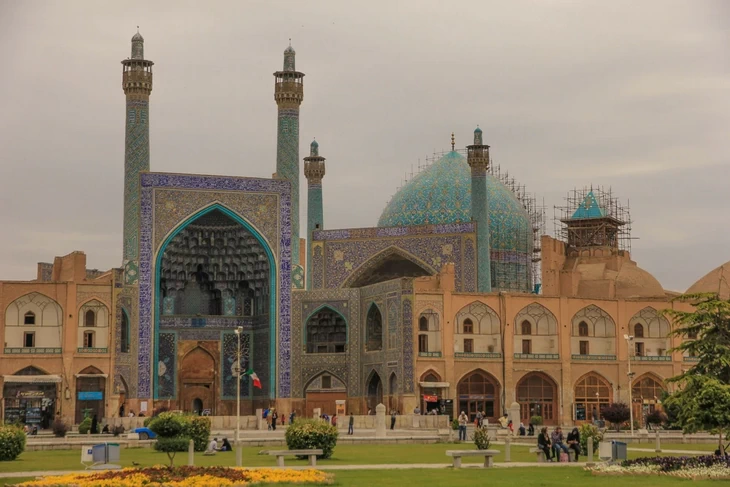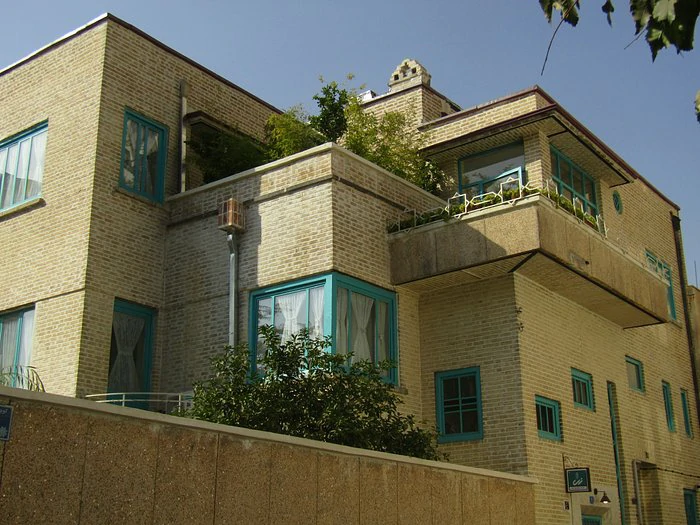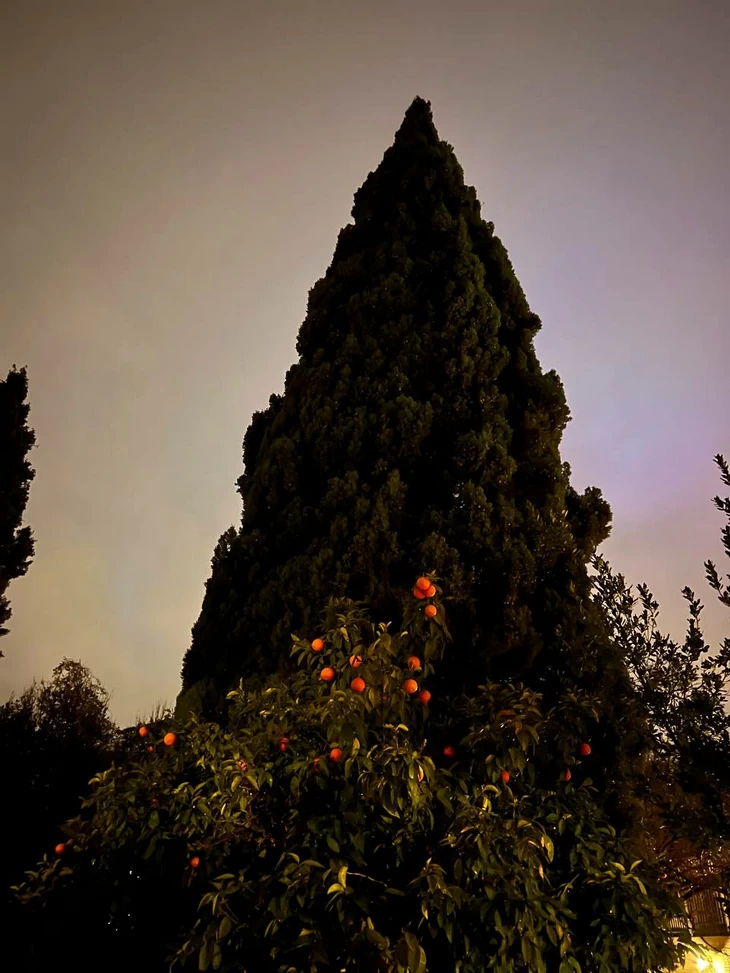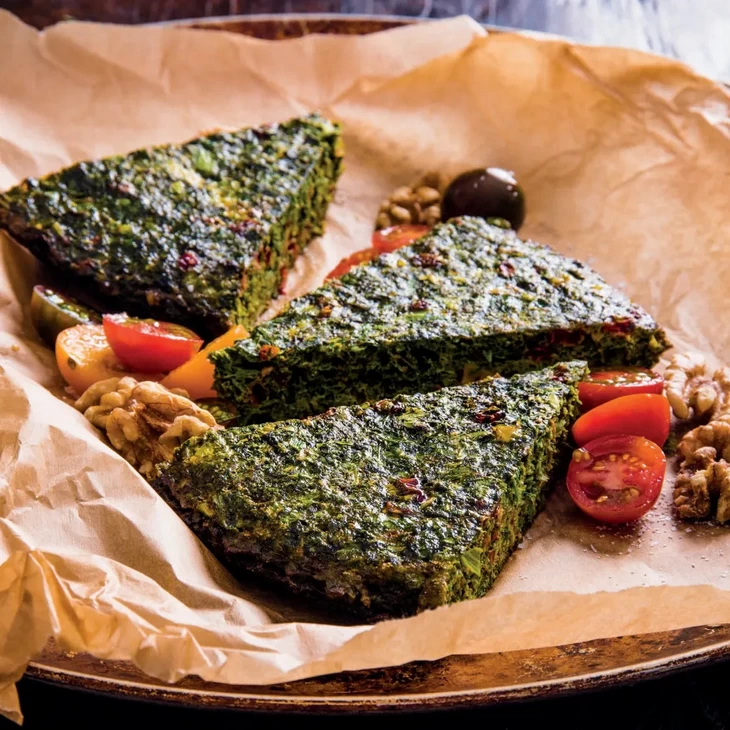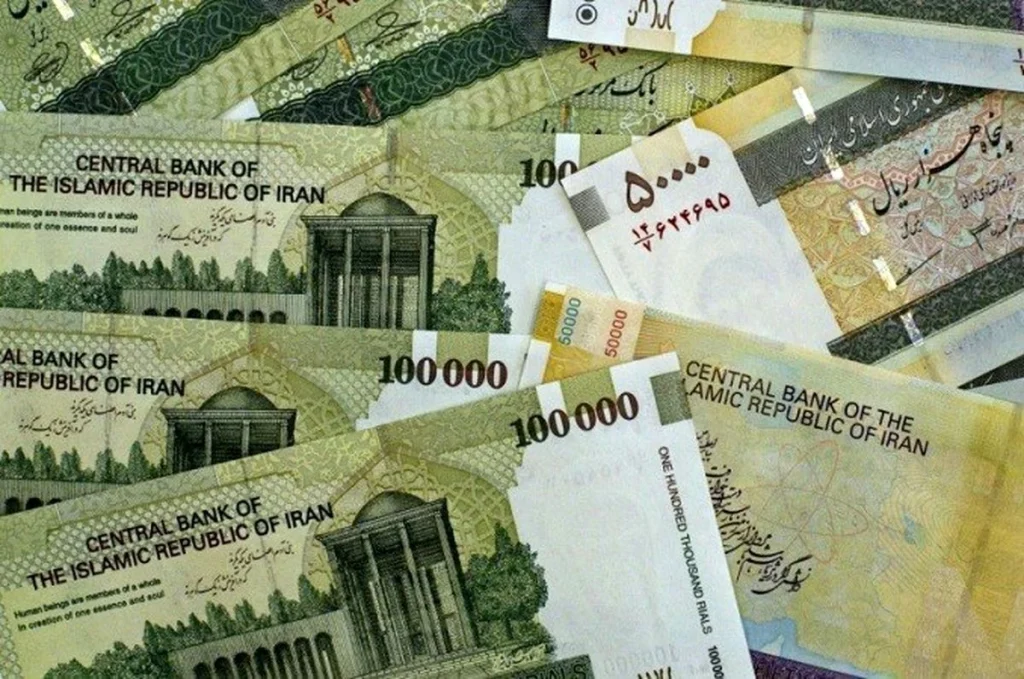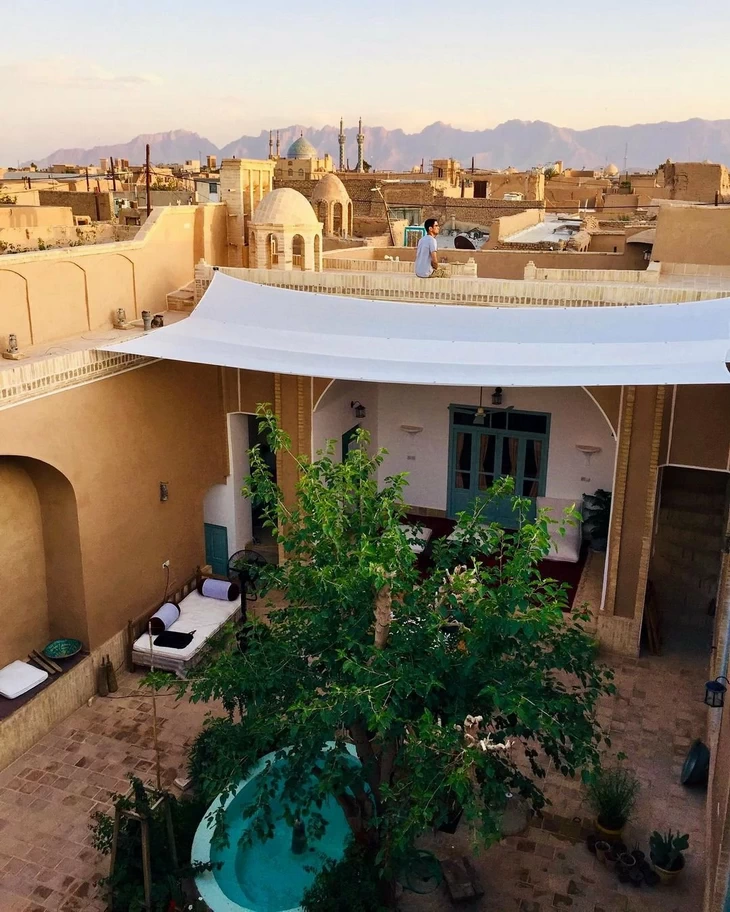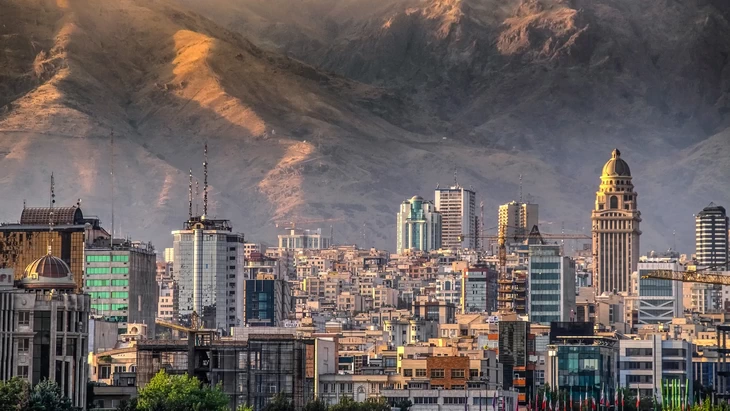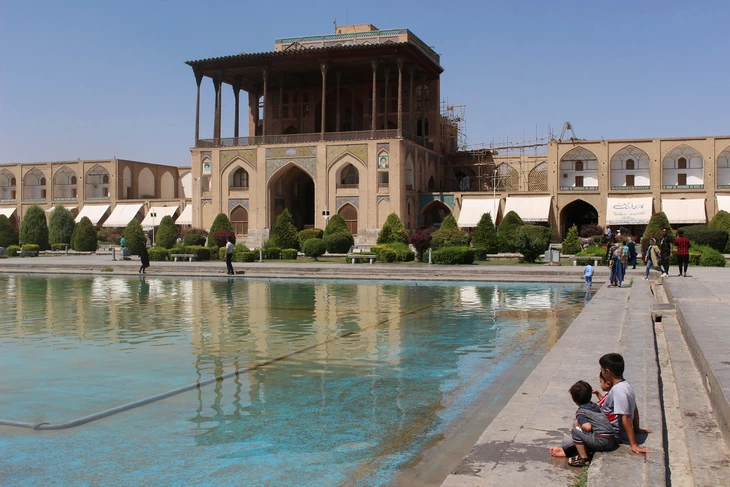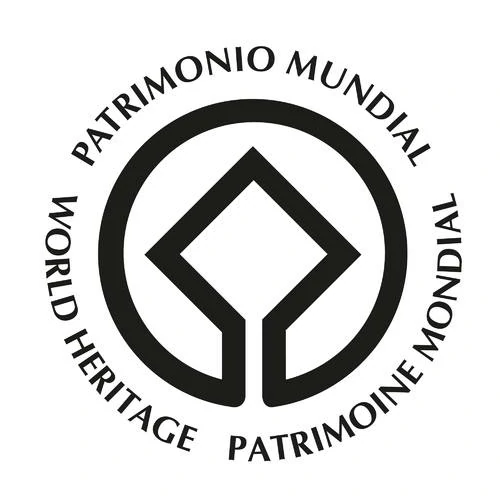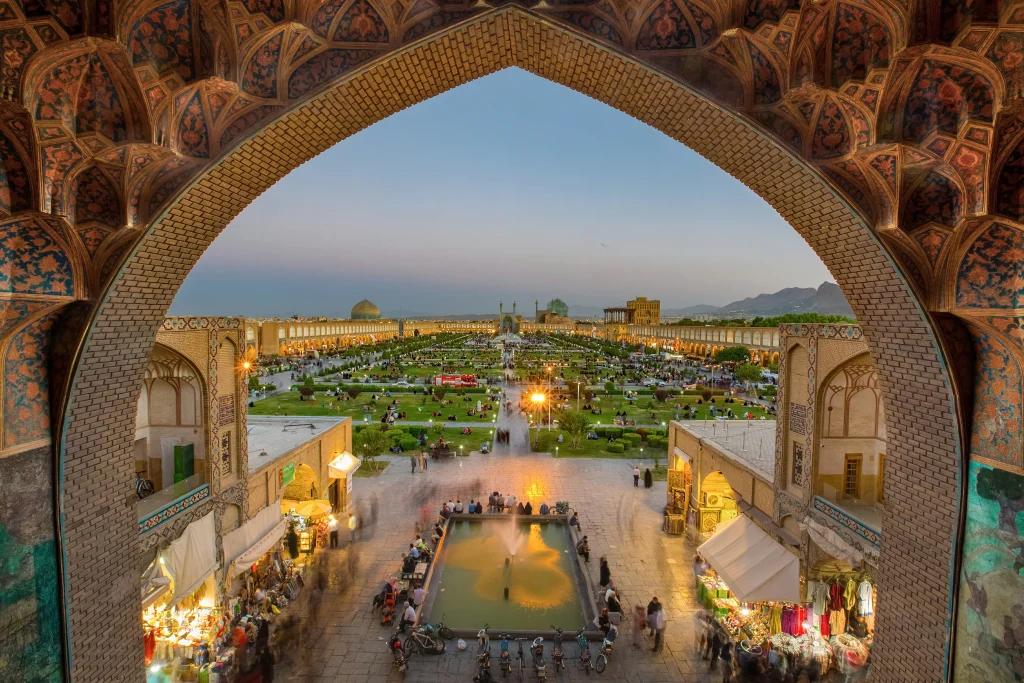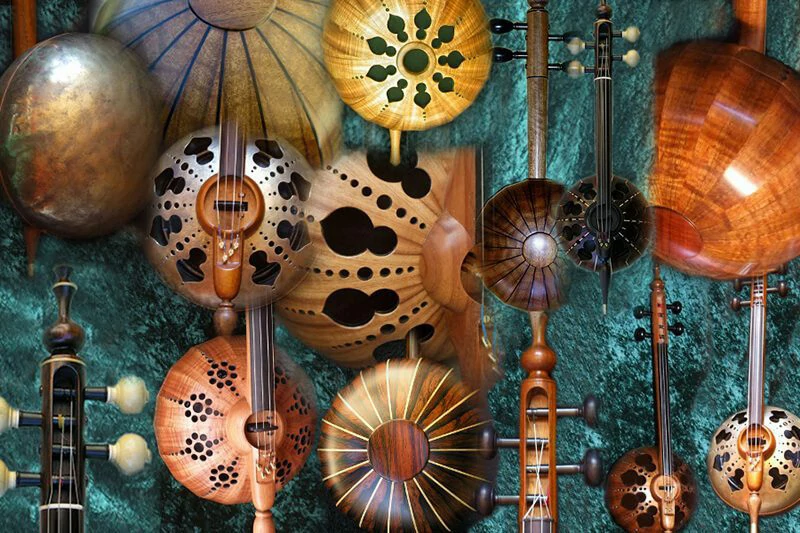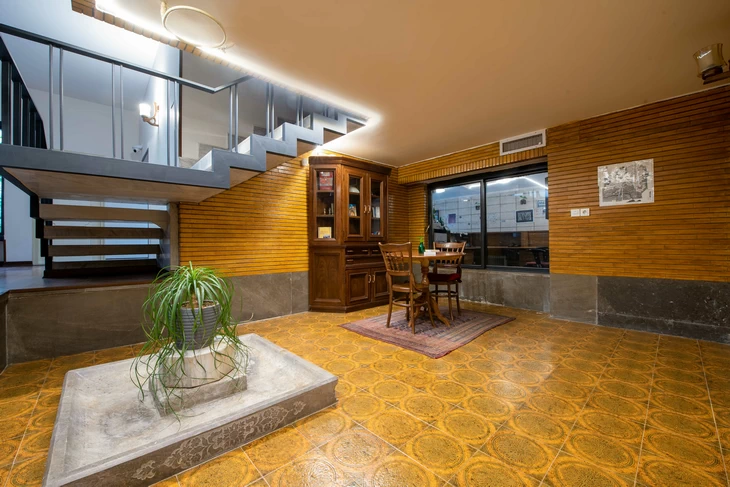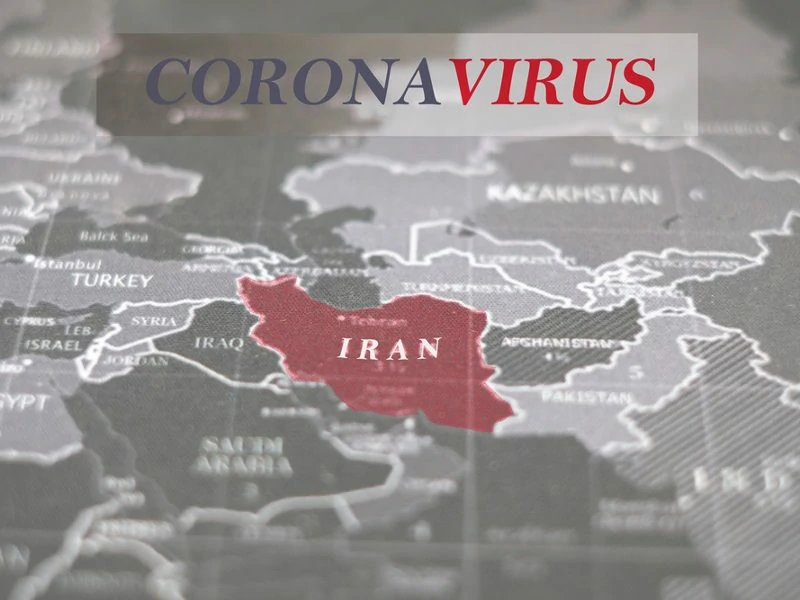Isfahan Attractions That Are Off the Beaten Path
Isfahan is a city admired by tourists for its beautiful monuments and architecture and has certainly become one of the most important stops for anyone who’s traveling in Iran. The Naghshe Jahan Square by itself is reason enough to spend at least a few days in the city, and that’s just one of the many attractions that Isfahan has to offer. But there seems to be something about this incredible city that makes people not suffice to one visit, something that makes them want to come back over and over again.
If you’ve felt this draw, or would simply like to have a more unique experience in Isfahan, you may be looking for Isfahan attractions that aren’t as recognized by tourists. Isfahan attractions that aren’t part of the conventional Isfahan experience can really help you understand and appreciate the city on a deeper level. We have talked about the famous bridges, mosques, and palaces in other blogs, but this blog post is dedicated to the historical sights, beauties, and cultural traditions in Isfahan that are usually missed out on and its goal is to help you make the most out of your time here.
If you want to find out information about taking a tour of Isfahan, you can take a look at our other blog!
Isfahan Attractions – Historical Houses
Pretty much every important city in Iran has historical houses that used to be the places of residence of local rulers, powerful families, or wealthy merchants and now operate as museums, boutique hotels, and restaurants. Isfahan is no different in that regard: You can dedicate a full day to visiting its historical houses and appreciating their architecture, ornaments, and history. Here are a few of the houses that would be ideal for a visit.
Moshir Al-Molk House
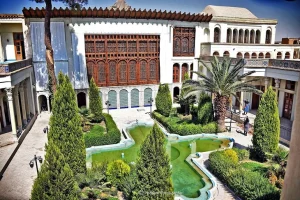
Located close to the Naghshe Jahan Square, the Moshir Al-Molk House is an Isfahan attraction that is most notable for its inner decorations. Belonging to an influential family in the Safavid government and later on undertaking restorations in the Qajar era, one of the most significant parts is its Orosi (sash) window, which is the largest of its kind in Iran. This house also operates as the Islamic Heritage Museum, displaying works of Islamic art including but not limited to calligraphy and painting.
Read more about this house in our other blog!
Mollabashi (Motamedi) House

The Mollabashi House (also known as the Motamedi House, due to the acquisition and restoration of the property by the Motamedi family in recent years) is another fine example of Qajar architecture. Mollabashi was an astronomer/scholar during the reign of Naser Al-Din Shah who came to Isfahan in order to calm things down during the Constitutional era. This Isfahan attraction currently operates as a museum, a boutique hotel of sorts, and a popular venue for wedding photography sessions!
Angurestan Malek House
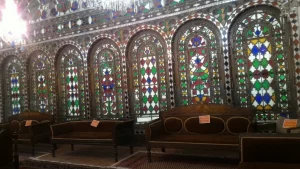
The Angurestan Malek House or the Malekotojar Vineyard is one of the most beautiful houses in Isfahan. Another Qajar construction, this particular Isfahan attraction belonged to a powerful merchant in the city. A part of its garden operates a Hussainyia, a place dedicated to holding religious ceremonies relating to the martyrdom of Imam Hussain of the Shi’a creed. The sash windows and plasterwork that decorate this house are some of the most vibrant in the city.
Javaheri House
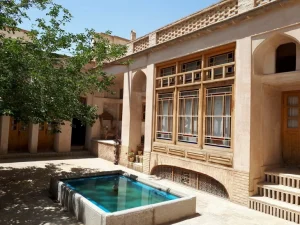
What makes the Javaheri House unique among its Qajar-era counterparts and a truly worthwhile Isfahan attraction is that it currently operates not only as a museum but also as a handicraft workshop, where artisans are allowed to make, display, and sell their handmade goods: You can expect to see some talented local glassblowers, woodworkers, metalworkers, and more at their best. This certainly does not mean that the house doesn’t have anything to offer by itself, as the paintings, plasterwork, and stained glass windows of the Javaheri House are among some of the most skillfully made.
Sukias House

Located in Jolfa -the Armenian quarters of Isfahan- is the Sukias House, a Safavid-era home of an Armenian noble. This Isfahan attraction is mostly revered for its beautiful wall paintings, but the most notable thing about it is that it is now used as a building for the Art University of Isfahan.
Bekhradi House

The Bekhradi House is a large and magnificent Safavid-era building that is currently operating as a museum and a boutique hotel. The tile decorations, wall paintings, and stained glass windows kept in great shape serve as true characteristics of Safavid art, making accommodation in this house a memorable experience.
Safavi House
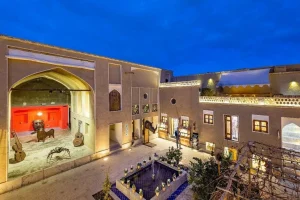
The Safavi House is a cultural complex and Isfahan attraction that has an on-site art gallery displaying works of visual art (classic and contemporary) such as paintings, photographs, and sculptures, a front porch that operates as a venue for live music/a plateau for theatrical performances, a Se-dari room where workshops and handicraft displays take place, and a charming little café. Visiting this multi-purpose house will undoubtedly make for a wonderful evening in the city.
Isfahan Attractions – The Pigeon Towers

A Pigeon Tower -or Kabuter Khaneh, as we call it, is a construct in Iranian architecture that features hundreds if not thousands of artificial pigeon nests, inside a large sheltered building, and accessible through small holes where the pigeons would enter through. These buildings were made in order to attract pigeons and collect their droppings, which make for great fertilizer. As a result, there are many Safavid-era Pigeon Towers scattered through the plain of Iran with a heavy concentration in Isfahan. One of the most notable towers in the city is the Mardavij Pigeon Tower, which is open for public visitation.
The Holy Bethlehem Church
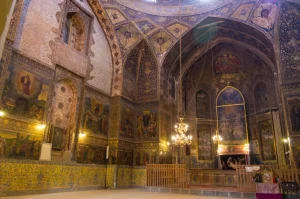
The Holy Bethlehem Church of New Jolfa -otherwise known as the Bedkhem Church is a fine example of Christian architecture in Isfahan that is somewhat overshadowed by its more famous counterpart, the Vank Cathedral. Visiting this Isfahan attraction is worth it even if only because of the vibrant and plentiful paintings that cover its walls and ceilings: The Holy Bethlehem Church is the perfect exhibit for Armenian Christian art and how it fits within the Shi’a Muslim Safavid context.
The Molla Jacob Synagogue
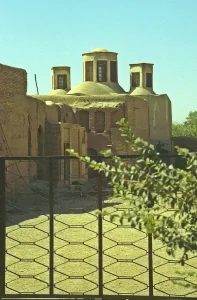
We’ve talked about the important role that the Jewish community has played in the history of Isfahan. The Molla Jacob Synagogue is the core Jewish building in the city, located in the Jewish quarters of Jubareh, and dating back to the Qajar era. Like all other Synagogues in Isfahan, this religious building does not have any real symbols visible from the outside, apart from its front door which is decorated with the shape of a Hanukkah Menorah. Being an exclusive community, make sure to call the Synagogue and ask whether or not it’s open to the public that particular day before you head there.
Shahrestan Bridge
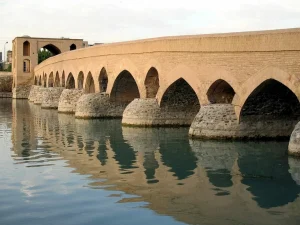
The Shahrestan Bridge is often overlooked among its counterparts on the Zayanderud River. Though it may not have the glamour of Si-o-Se Pol, nor the beauty of Khaju, what makes this bridge a worthwhile Isfahan attraction is the fact that it is the oldest bridge on the city’s beloved river, with foundations that date back to the Sassanid era. Even though the bridge may look a little plain to the eyes, visiting this Isfahan attraction can offer great insight into the city’s history.
Attractions in the Isfahan Province
While the cities Isfahan and Kashan are well known among tourists, the province of Isfahan is a rather large one, and there are plenty more attractions and beautiful cities that you can visit within a couple hours’ driving distance of the more recognized destinations. We’ve mentioned a few of these places in our Kashan blog: The majestic Varzaneh Desert, the beautiful village of Qamsar and its rose farms, and the historic Maranjaab Caravanserai. But still, we feel there are more sites that are worth seeing in the province as a whole.
Nushabad Underground City

The underground city of Ouyi or Nushabad is located about 10 Kilometers north of Kashan. This city came to be during the Sassanid era and was extended further throughout history, most notably in the Seljuq, Safavid, and Qajar eras. The city was built in order to shelter citizens during wartime. Being one of the largest underground cities in the world, this Isfahan attraction is a grand and complex work of ancient architecture and is sure to please anyone who visits it.
Zarneh Village
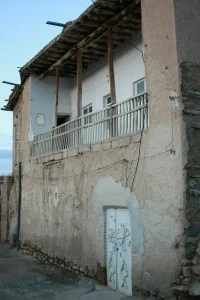
A small, serene, and completely Christian Armenian village that’s located about 200 Kilometers west of Isfahan is Zarneh. The Armenians who populated this area were part of the group who were brought to the landmass of Iran from Nakhchivan by decree of Shah Abbas. Today, the number of persons who reside in Zarneh doesn’t even reach a hundred.
Activities You Can Partake In
We’ve talked about some of our favorite yet lesser-known Isfahan attractions. This list doesn’t really have an end though, we could go on and on for however many more words we’d like, and there would still be places we’re missing. The most important thing is for you to discover Isfahan by yourself and as you like, without some predetermined directive that you’re supposed to follow in order to get the full experience. A good way to spend your time in our city is to find different ways to experience Iranian culture. Well, we have one suggestion for you!
Hammam Qazi

The Qazi Bathhouse offers you the chance to experience what a traditional Persian bath is. In this skillfully renovated bathhouse -or Hammam, as we call it, you can bathe like Iranians would until about a hundred years ago, get an Iranian massage, and just enjoy this truly authentic Isfahan attraction.
You can read our blog ranking the best hostels in the city, our Isfahan hotels blog, or our blog about finding cheap accommodation in Isfahan so that you can choose your place of accommodation! Also take a look at the blog where we talk about the famous Isfahan attractions!
If you want to learn a bit more about Iran hostels in general, here are some more posts you can read!
Also read our blogs about things to do in other cities!

